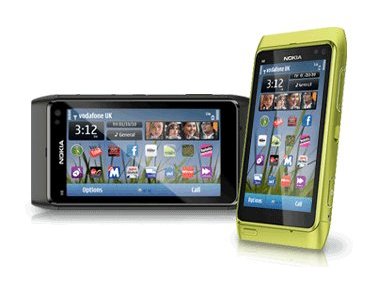Why you can trust TechRadar
The Nokia N8 has to offer up a decent internet experience if it's to beat the current crop of internet tablet/phones.
The Google Gang and iPhone iN-crowd both have excellent implementations of a Webkit-browser, and while the Nokia N8 definitely has a better web experience, it's not going to be seen as a better option than those phones.
For instance, it seems like it will be a winner: pinch to zoom and Flash compatibility seem to offer up a decent experience, and give a lot of cause for hope.
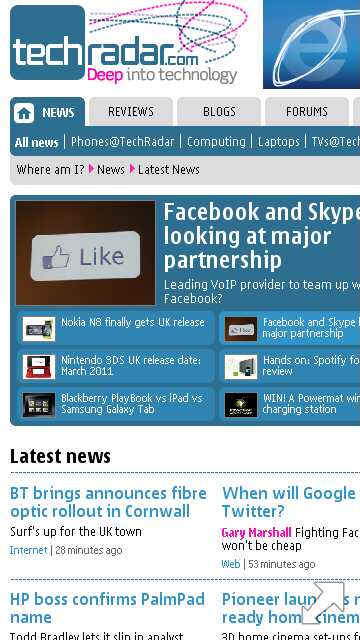
But then you begin to use the internet, and you'll see it's not as slick as the competitors. For instance, the pinch-zooming is nowhere near as accurate, juddering along at times and making it harder to get close to the text - plus not letting you get anywhere near as close as other handsets.
Similarly, you only get two options when zooming in on text - double tap to see the text a bit closer, or double tap again to zoom out. You can go a bit closer, but like the iPhone, the text won't reform to fit the screen.
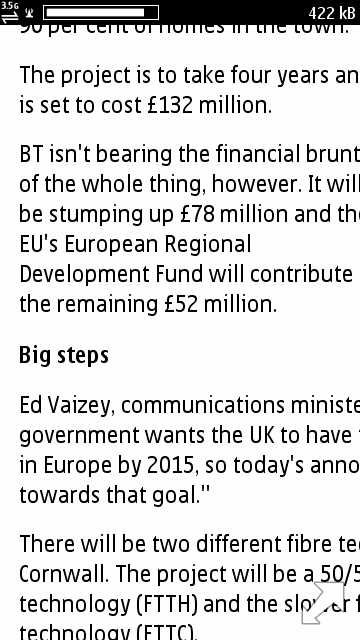
It's a trick that HTC has perfected on its Android phones, such as the Desire HD, and now other Android handsets are catching up with - the Motorola Milestone 2 manages it for instance, although it's not automatic.

Flash is also a bit of a mixed bag too - the Nokia N8 actually uses Flash Lite 4 to interpret Flash 10 videos, which is a handy plus (and if we need to add: something the iPhone 4 will likely never do).

It's good for many videos - we'd say on a par with the HTC Desire for many. However, with more Flash-heavy videos, like those shown on the BBC website, the Nokia N8 struggles a lot and the resulting pixellated mess isn't up to much initially - stick with it and the phone will eventually play smooth audio and video, but we had to rewind a couple of times to get a full flash video playing from start to finish.
In fairness, only Flash 10.1 enabled mobile phones running hardcore processors manage to play Flash properly on a mobile phone, although it would have been nice to see an option to turn off Flash video on the Nokia N8 to see faster web page loading times.
It also doesn't seem to like the new YouTube HTML5 site for mobiles - we've been impressed with that on the iPhone 4 and Android handsets, and yet we're forced to look at an oddly-shaped video screen on the Nokia N8.
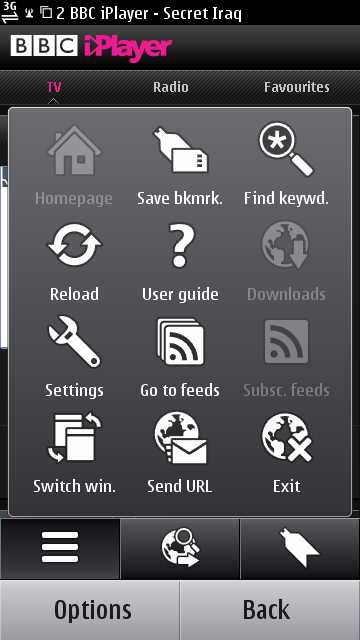
The interface for the web browser on the Nokia N8 hasn't really changed either – we're STILL forced to go through a bagillion screen presses to just reload the page.
Nokia's got this little trick of opening up the screen to show as much of the web page as possible, and then you hit a double-ended arrow to see the options. From there, you have to hit the menu icon, and get a new grid of other icons to mess about with.
Only here can you reload, which is a little convoluted when some phones have it as a button alongside the URL or from the menu.

But one nice touch: you can automatically subscribe to an RSS feed from this icon pane, and that feed will be available as a home screen widget. It's this kind of intuition that we wish Nokia would use more often throughout the N8, and to make it more accessible too.
Google search is also included (and Bing if you prefer that option) and it's nice to be able to search for an item no matter where you are.
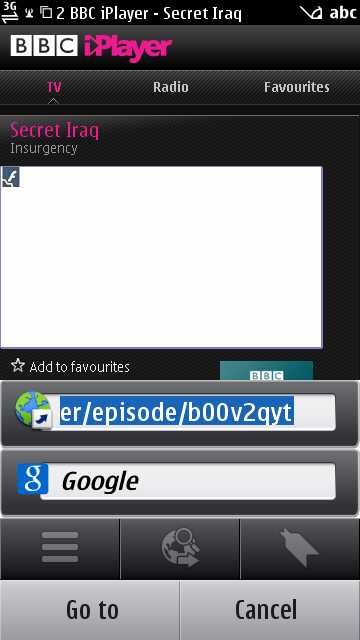
History is also cool – each website is shown as a separate thumbnail to scroll through, which makes it much easier to find the page you were on, as the titles can sometimes be a little cryptic.
The speed at which you can whizz through them is again testament to the excellent implementation of the GPU and CPU working in tandem.
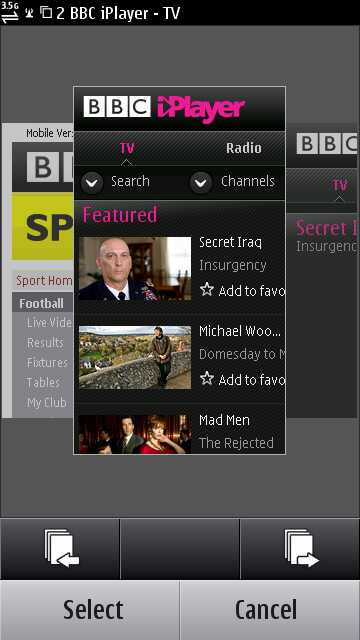
The web browser is decent enough – the screens render well enough and relatively quickly (especially over Wi-Fi) and the accuracy is pretty good.
It just really, really lacks the wow factor of other mobile web browsers out there, with a slight delay on link clicking at times and choppy Flash, as well as a being a little slower on a number of tests than the likes of the Samsung Galaxy S, HTC Desire and iPhone 4 in our tests.

Gareth has been part of the consumer technology world in a career spanning three decades. He started life as a staff writer on the fledgling TechRadar, and has grew with the site (primarily as phones, tablets and wearables editor) until becoming Global Editor in Chief in 2018. Gareth has written over 4,000 articles for TechRadar, has contributed expert insight to a number of other publications, chaired panels on zeitgeist technologies, presented at the Gadget Show Live as well as representing the brand on TV and radio for multiple channels including Sky, BBC, ITV and Al-Jazeera. Passionate about fitness, he can bore anyone rigid about stress management, sleep tracking, heart rate variance as well as bemoaning something about the latest iPhone, Galaxy or OLED TV.
